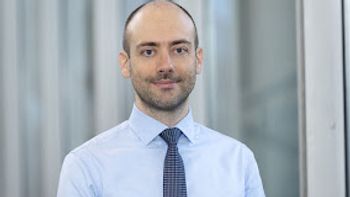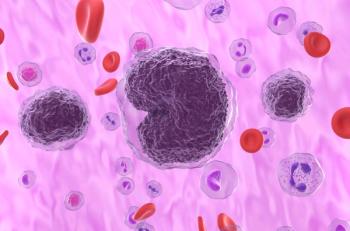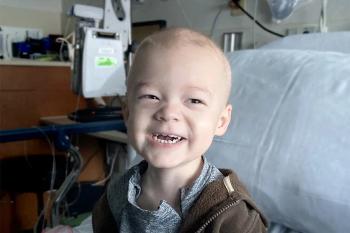Addressing Myasthenia Gravis Diagnostic Delays and Access Barriers: Marla Black Morgan, MD
Marla Black Morgan, MD, looks to the future of research in both myasthenia gravis and rare neurological disorders by expanding data collection and identifying areas of potential difference in patient outcomes.
In this conclusion to an interview conducted with Marla Black Morgan, MD, neurologist with Phoebe Neurology Associates, on the research she presented at the 2025 American Academy of Neurology, she looks forward to the next steps in her and her team’s work for Project ASPIRE (eliminAte diSparities and Promote equIty in Rare diseasE) on the diagnostic journeys of patients with rare neuromuscular conditions, and in particular,
This transcript has been edited for clarity; captions were autogenerated.
Transcript
What are your next steps in terms of expanding data collection to comprehensively address treatment disparities?
This was an interim analysis. This was based on patient surveys from January to May of 2023, and then, as a second tier to that, patients had the opportunity to do structured interviews to provide that additional information. We're hoping to use this as a springboard to say, "Where can we effect change? What can we do in terms of patient education?"
We talked about the dissemination of patient education, even. Some of the patients had recommended, "Hey, having a video game– or a web-based kind of program where you can plug in your symptoms and it can list generalized myasthenia [gravis] as part of a potential diagnosis." The health care professionals were a little bit leery of that because we don't want patients to go off from a self-diagnosis standpoint. But if we can have some tool that can bring that to the top of your mind when you're seeing your primary care doctor or when you're thinking about your symptoms, to say, “Hey, I need to see a physician about these symptoms; this is more than just aches and pains from arthritis or weakness from another condition.” Those kinds of tools can be helpful.
Then trying to employ strategies for educating physicians that this is what you will see, trying to foster a collegial atmosphere where I can talk with the ophthalmologist and say, “Oh, if your patient has drooping eyelids, could that be myasthenia gravis and not some other condition?” I think that we can do a lot from an educational standpoint. Like I said, that was highlighted by both patients and physicians.
Working on access issues will be the second portion of that. When we were discussing how can we implement some of these strategies, and people were very gung ho about web-based technology and education, I said, "Well, even before you get to that, a significant portion of my population does not have high-speed internet access." They were saying, "Everybody has a cell phone." Yes, but not everybody has high-speed internet access and can maneuver technology as well. And so, really trying to make sure that we have strategies in that sense can be helpful as well.
I think that COVID and our reliance on telehealth sort of highlighted that as an issue, and we have not resolved that as of yet.
Beyond education and technology, what systemic or policy-level changes do you believe are needed to reduce delays in diagnosis and improve outcomes for minority patients?
I think that it is important that we identify these differences, because in the big picture, I think that if we can say, "Hey, this may be a reason why patients have a delay in diagnosis; that may be a reason why patients are sicker when we see them; [or] that may be a reason why they don't respond as expected to a particular therapy," I think that this early information can help down the line in terms of patients, our therapies that we choose, and their response to those therapies.
I think that this was a sort of important piece of that whole continuum. It's not just to say, "Oh, there are differences in how we're treating minorities vs majority groups," but also it can have some implications from a treatment and outcome standpoint.
Newsletter
Stay ahead of policy, cost, and value—subscribe to AJMC for expert insights at the intersection of clinical care and health economics.














































